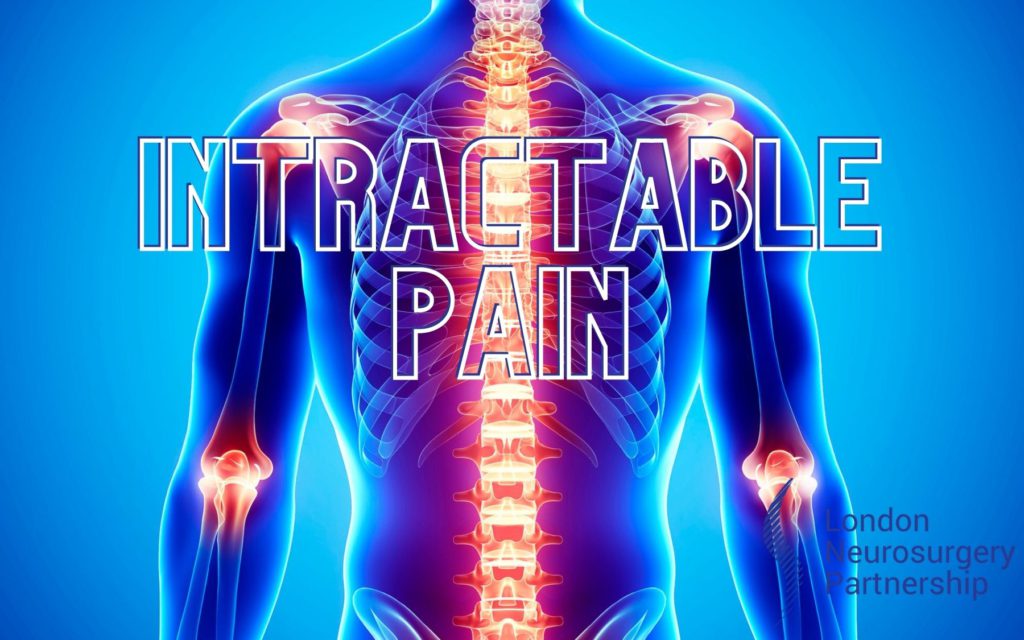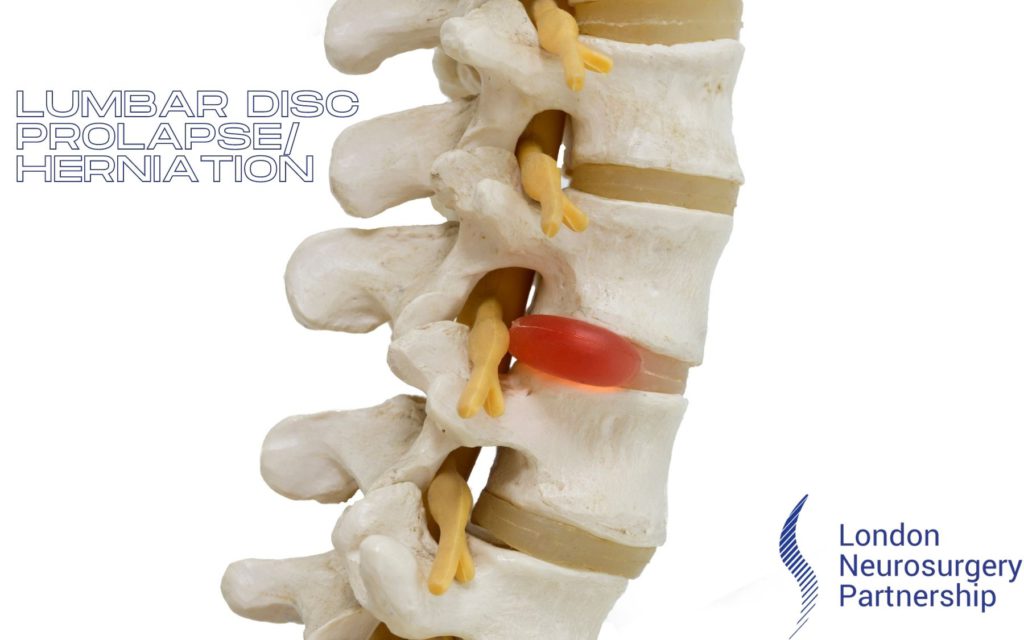
Mr Sanj Bassi one of our leading paediatric neurosurgeons explains to us what trigonocephaly is.
Trigonocephaly also known as metopic craniosynostosis is a condition where the baby’s skull has fused together before birth. This causes a triangular shape or ridge to the forehead. The skull is not a single bone and is actually made up of several bony plates. In between those plates are sutures. These sutures gradually get closer together and stick as the child gets older. Premature fusing of the sutures is called craniosynostosis.
This condition is present at birth but it can sometimes take some time to be more prominent. There are other similar conditions related to craniosynostosis that can be confused with trigonocephaly so it is very important to get a correct diagnosis.
The cause for trigonocephaly is not yet known, but possibilities could include genetics, types of medication the mother takes while pregnant and the position of the baby in the womb.
The signs and symptoms vary from baby to baby because each case is different and severity can widen.
Here are some signs of Trigonocephaly:
- A ridge across the forehead
- A triangular shape to the top of the head with a pointed shaped forehead. This can make the eyes closer together.
- Difficulties with vision and developmental milestones.
Because trigonocephaly is very visible and prominent it is not always necessary to get perform further tests to get a diagnosis. Monitoring scans such as X-rays and MRI can be used to see how the skull grows over time.
Sometimes treatment may not even be necessary if the trigonocephaly is mild and is not causing the baby any developmental or physical issues.
A multidisciplinary team of doctors will discuss each case in detail and decide on a dedicated treatment plan specifically tailored to the individual. The multidisciplinary team will include a neurosurgeon, craniofacial surgeons, ophthalmologists, speech and language therapists and more if needed.
Surgical intervention will be needed to correct the facial and skull deformities. As stated, each case is very different but surgery is usually best performed in the baby’s first year. This is because the bone is still soft so it makes it easier to manoeuvre. As the child gets older the surgery will become more complex and may have to be performed more than once.
Your surgeon will explain the best possible way to treat your child and make sure they receive the best possible outcome. You will be told the risks, complications and benefits for the treatment and able to ask as many questions as you like.
It can be extremely scary for a parent when a child goes for surgery even when in specialist hands. It is important that you talk to your doctor about your worries and are very well informed.
The types of surgery offered for patients with trigonocephaly do include endoscopic surgery and reconstructive surgery.
If your child has trigonocephaly and you would like to discuss the diagnosis and treatment options further, please do not hesitate to contact our specialist paediatric neurosurgeons, myself and Mr Christopher Chandler.
This article is intended to inform and give insight but not treat, diagnose or replace the advice of a doctor. Always seek medical advice with any questions regarding a medical condition





0 Comments